The science and history of the Romans’ famous aqueducts
Roman aqueducts are often hailed as remarkable feats of engineering, showcasing the ingenuity of the ancient Romans. These structures, spanning miles, were designed with precision to transport water from distant sources to urban centers.
The aqueducts were not just functional; they were also aesthetically pleasing, with many of them featuring grand arches and impressive stonework. The lasting impact of these aqueducts can still be seen today, as they continue to inspire modern engineering and architecture.
The Birth of Aqueducts: A Historical Perspective

The origins of Roman aqueducts can be traced back to the early days of the Roman Republic. The first aqueduct, Aqua Appia, was constructed in 312 BC and marked the beginning of a new era in urban planning.
As Rome expanded, so did its need for a reliable water supply, prompting the construction of more aqueducts. These structures not only supported the growing population but also demonstrated Rome’s commitment to innovation and public welfare.
Why Water Was So Important to the Romans
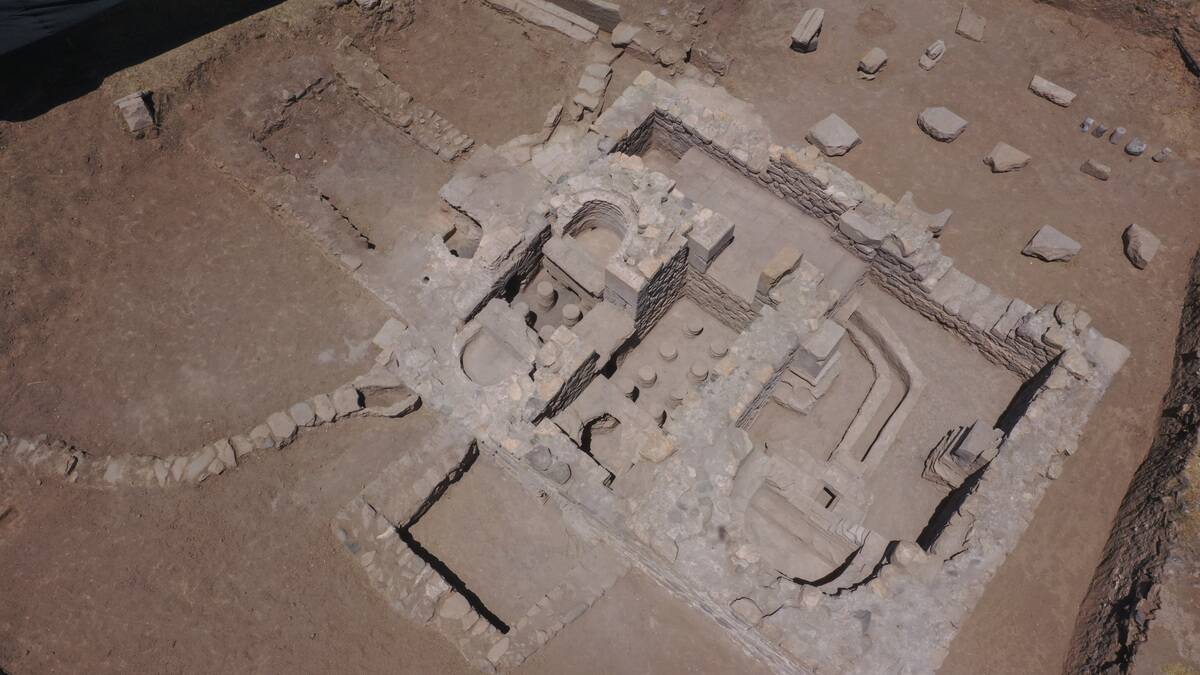
Water was a vital resource for the Romans, essential for both daily life and the growth of their cities. It was used for drinking, cooking, bathing, and irrigation, making it crucial for public health and hygiene.
The abundance of water also allowed for the creation of public baths, fountains, and gardens, which became central to Roman social life. By ensuring a steady supply of water, the aqueducts played a key role in the prosperity and success of Roman society.
The Basics: What Exactly Is an Aqueduct?
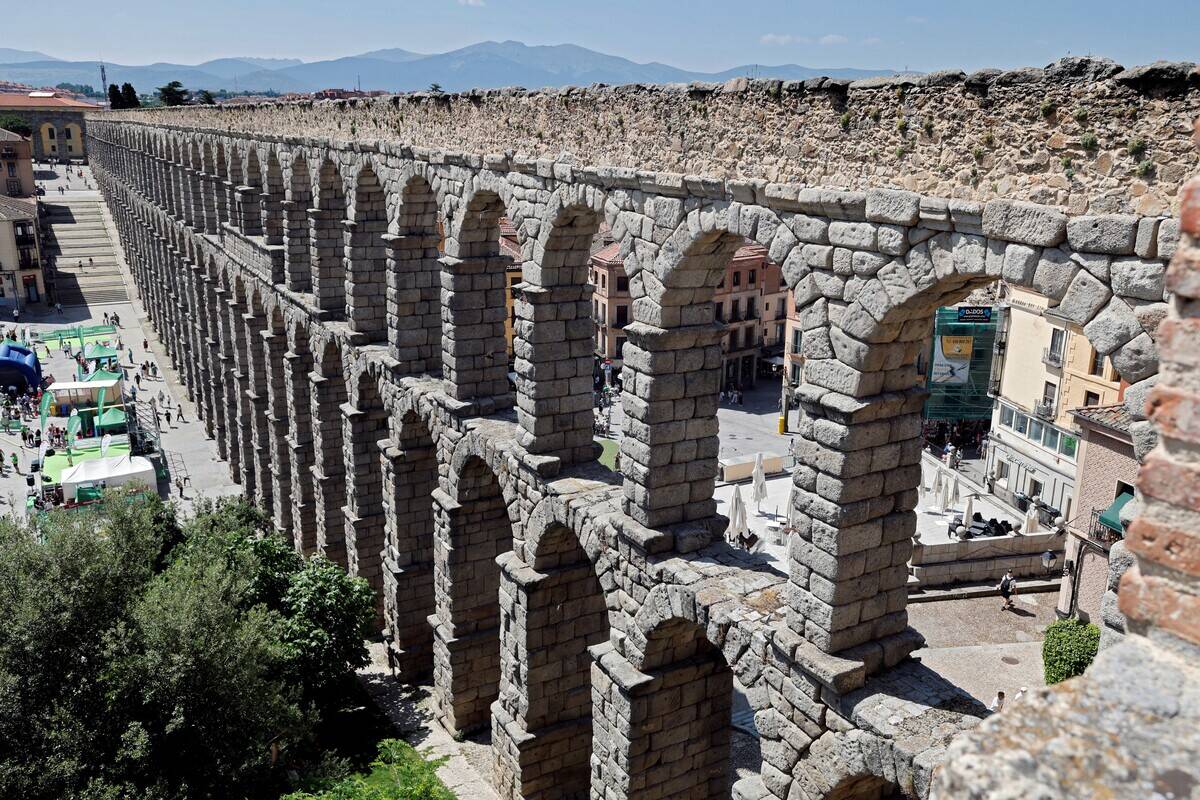
An aqueduct is a system designed to transport water from one location to another, typically from a natural source to a city. Roman aqueducts consisted of a series of channels, tunnels, and bridges that guided water over long distances using gravity.
These structures were meticulously planned to maintain a gentle slope, ensuring a continuous flow of water. While some aqueducts were underground, others were elevated on arches, allowing them to traverse valleys and uneven terrain.
Early Beginnings: The First Roman Aqueducts
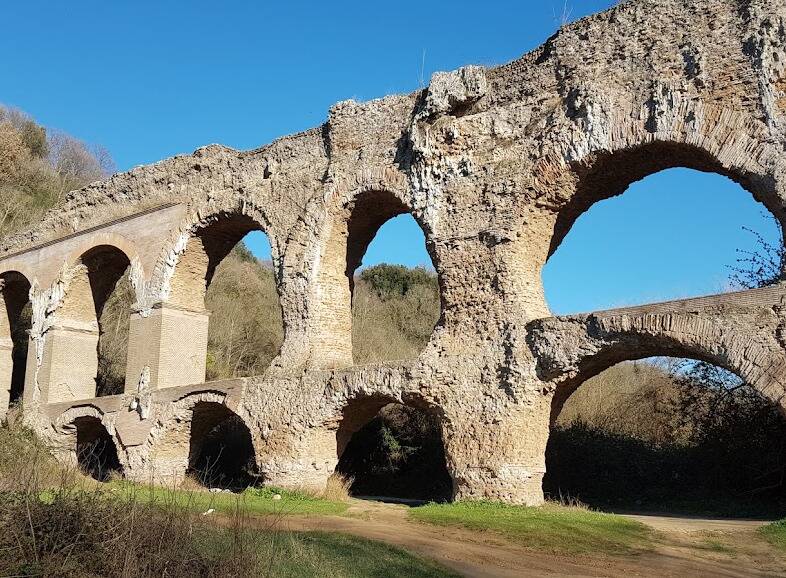
The early Roman aqueducts laid the groundwork for more complex systems that followed. Aqua Appia, the first, was primarily subterranean, minimizing the risk of contamination and damage.
As the Romans honed their engineering skills, they constructed more ambitious aqueducts, like the Aqua Anio Vetus. These early projects demonstrated the potential of aqueducts to transform urban life, setting a precedent for future developments in water management.
The Science Behind Aqueduct Design: Gravity at Work
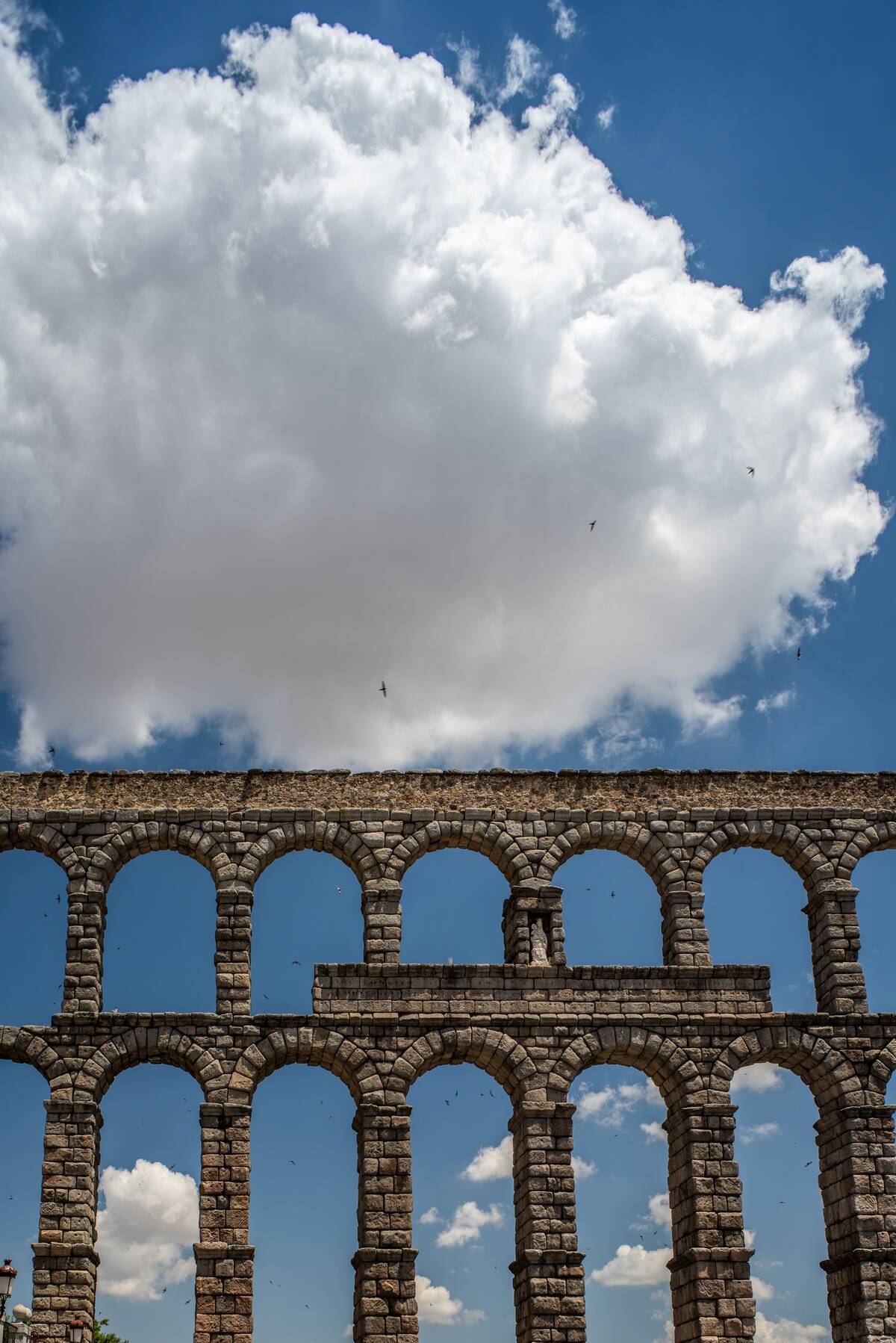
Gravity was the fundamental force behind the operation of Roman aqueducts. Engineers meticulously calculated the gradient needed to maintain a steady flow of water over long distances. A slope of about 1 in 4800 was typical, allowing water to move smoothly without stagnation.
This precise engineering ensured that water reached its destination efficiently, highlighting the Romans’ understanding of hydraulic principles and their ability to apply scientific knowledge to practical problems.
Materials and Methods: Building the Aqueducts
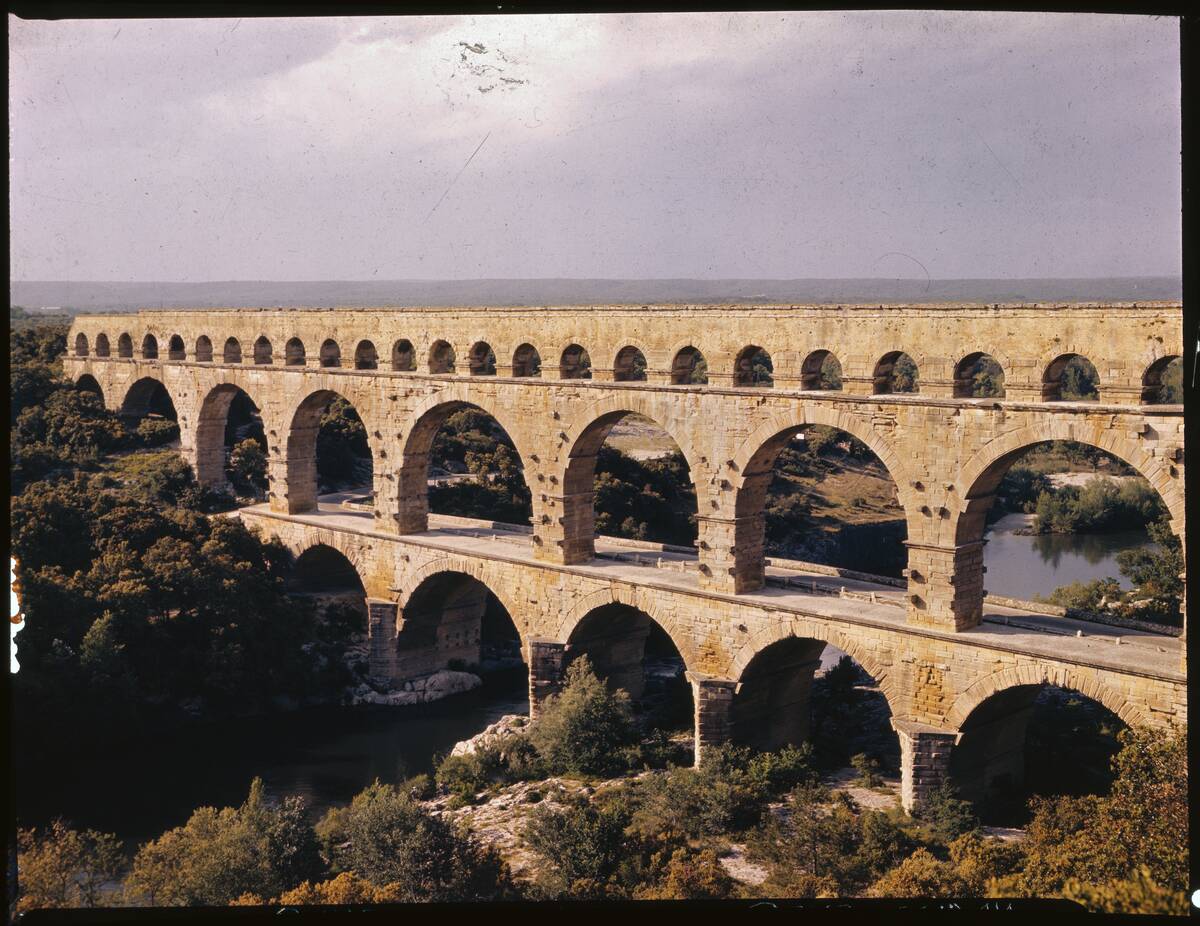
Roman aqueducts were constructed using a variety of materials, including stone, brick, and concrete. These materials were chosen for their durability and availability, ensuring the longevity of the structures.
The Romans employed skilled laborers and innovative techniques, such as the use of waterproof mortar, to build aqueducts that could withstand the test of time. This attention to detail and use of quality materials contributed to the enduring legacy of Roman engineering.
Famous Roman Aqueducts: A Tour of Ancient Infrastructure

Among the most famous Roman aqueducts is the Aqua Claudia, which served Rome for about 400 years. Its arches still stand today, a symbol of ancient engineering prowess.
Another notable aqueduct is the Segovia Aqueduct in Spain, renowned for its towering arches that dominate the landscape. These iconic structures not only provided essential water supply but also became enduring symbols of Roman innovation and architectural excellence.
Aqueducts and Roman Society: Impact on Daily Life
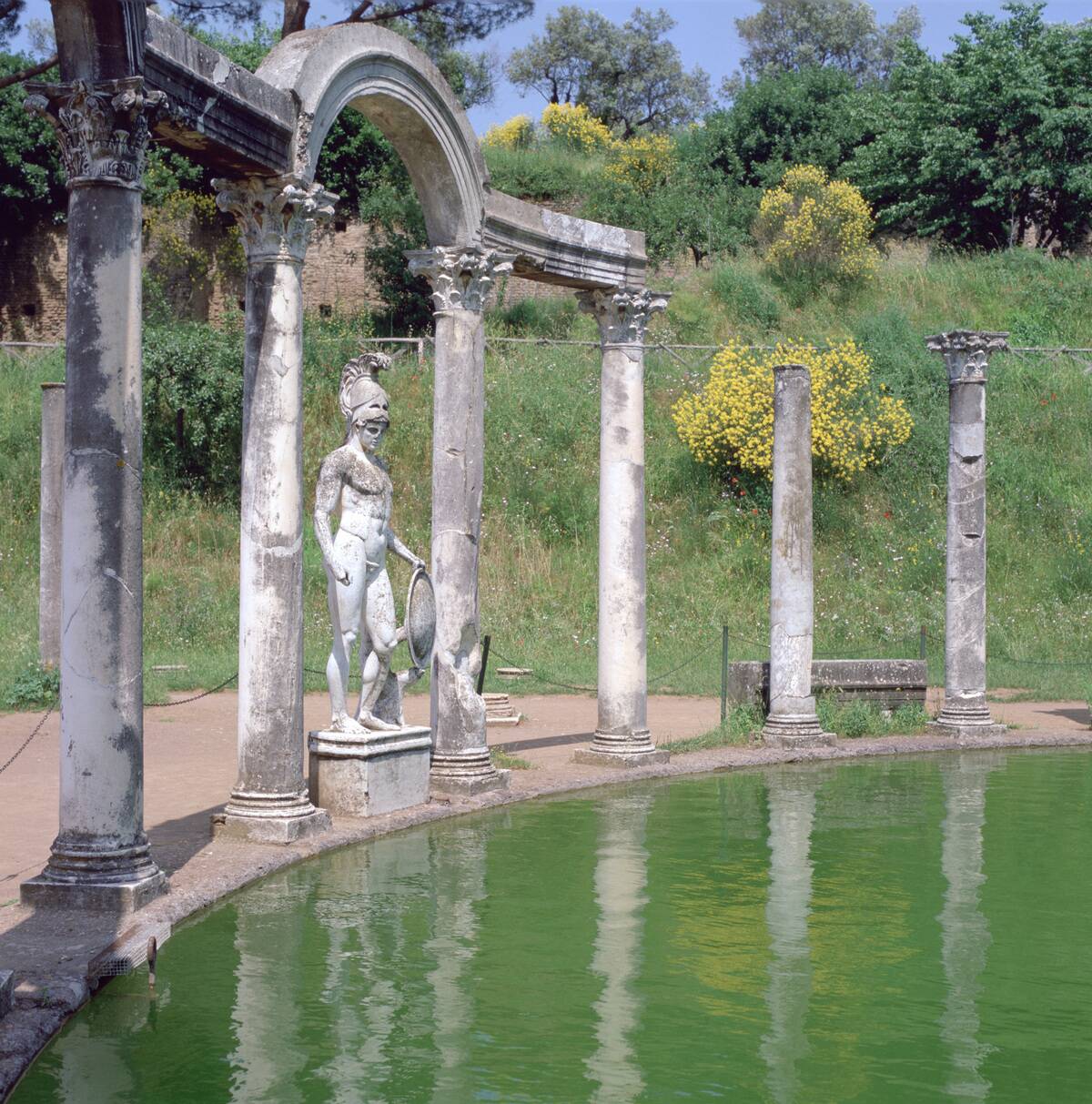
Aqueducts had a profound impact on Roman society, transforming urban life by providing a reliable water supply. This abundance of water supported public amenities like baths, which became social hubs for relaxation and interaction.
The availability of clean water also improved public health, reducing the spread of diseases. In essence, aqueducts contributed to the high standard of living in Roman cities, fostering a sense of community and well-being.
Aqueducts in the Urban Landscape: Feeding the Fountains and Baths
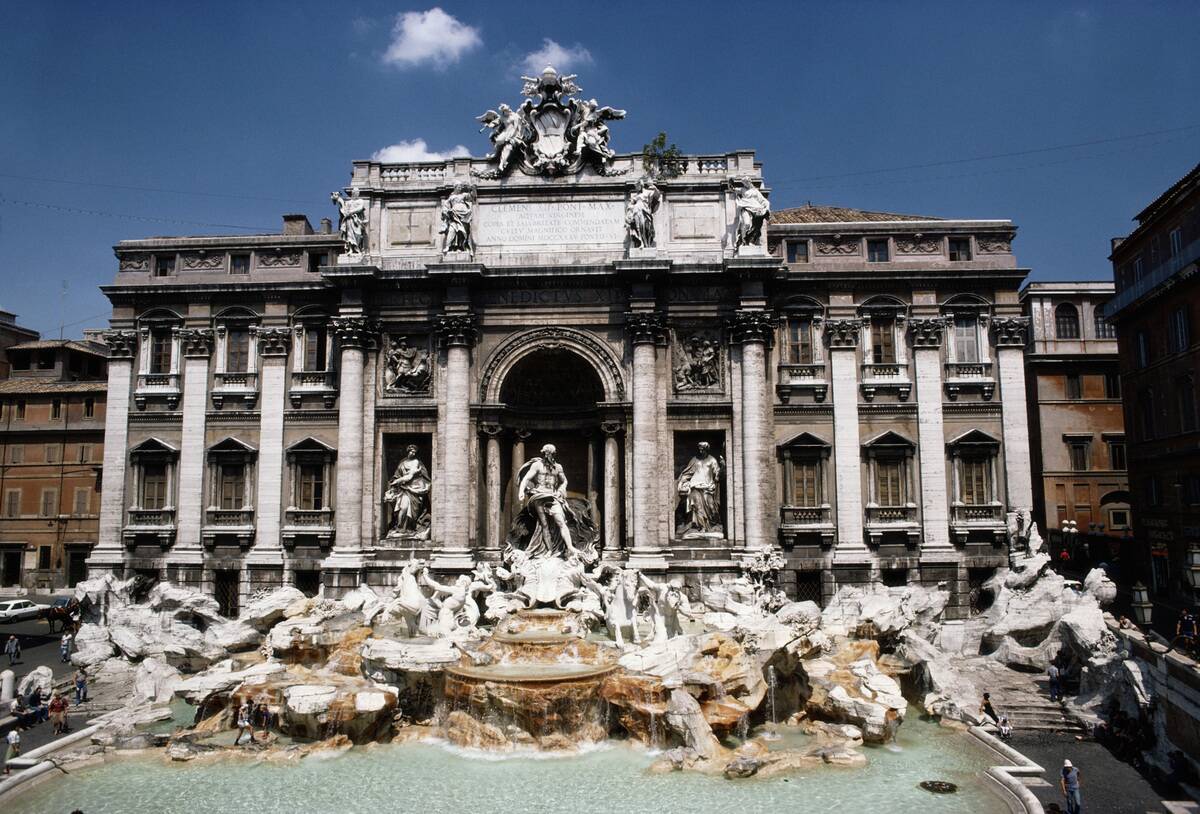
In the urban landscape, aqueducts played a vital role in supplying water to public fountains and baths. These features not only enhanced the aesthetic appeal of cities but also served practical purposes, providing accessible water sources for citizens.
The famous Trevi Fountain in Rome, although a later addition, highlights the enduring legacy of aqueduct-fed fountains. The baths, such as the Baths of Caracalla, were architectural marvels that relied on aqueducts to sustain their vast water requirements.
The Military and Strategic Uses of Aqueducts
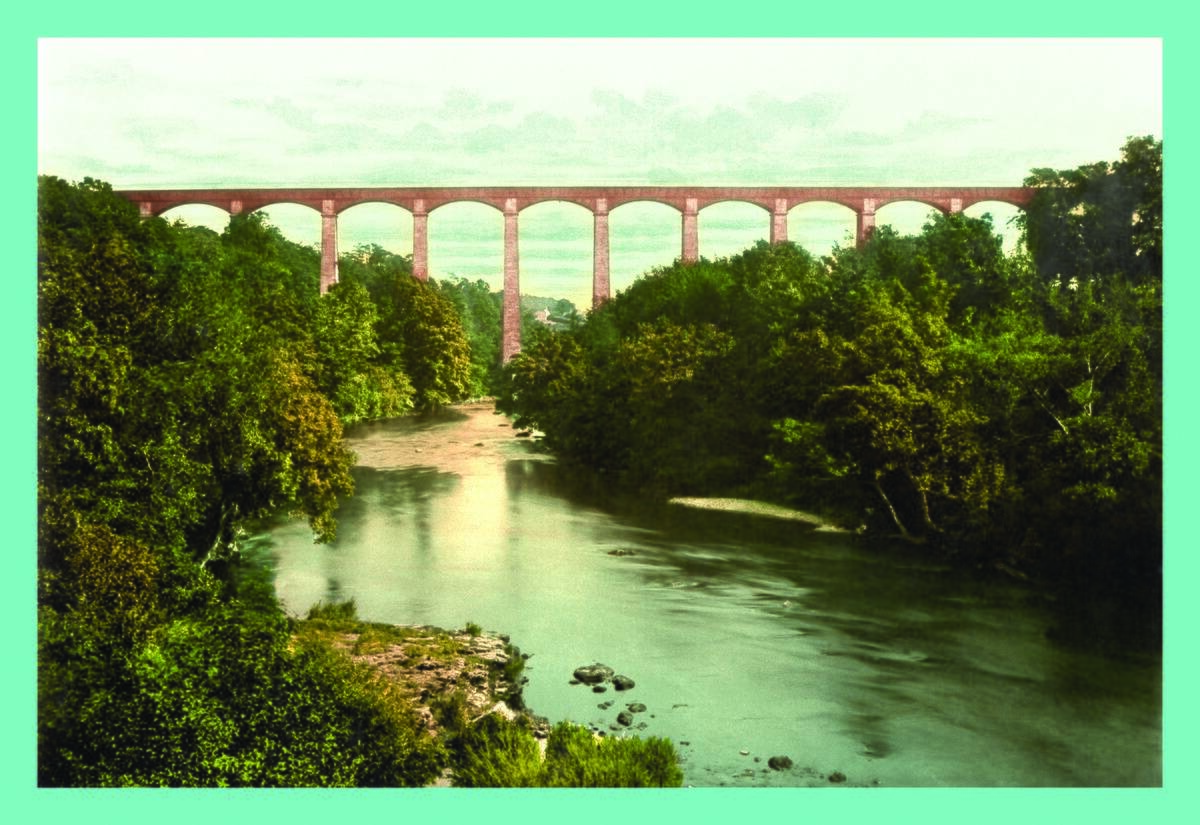
Beyond their civilian applications, aqueducts also had military and strategic uses. They ensured a secure water supply for garrisons and fortresses, which was essential for maintaining troop readiness.
In times of conflict, control over aqueducts could determine the outcome of sieges by either denying water to an enemy or ensuring its availability for one’s own forces. This strategic importance made aqueducts a critical component of Roman military infrastructure.
Engineering Challenges: Overcoming Natural Obstacles
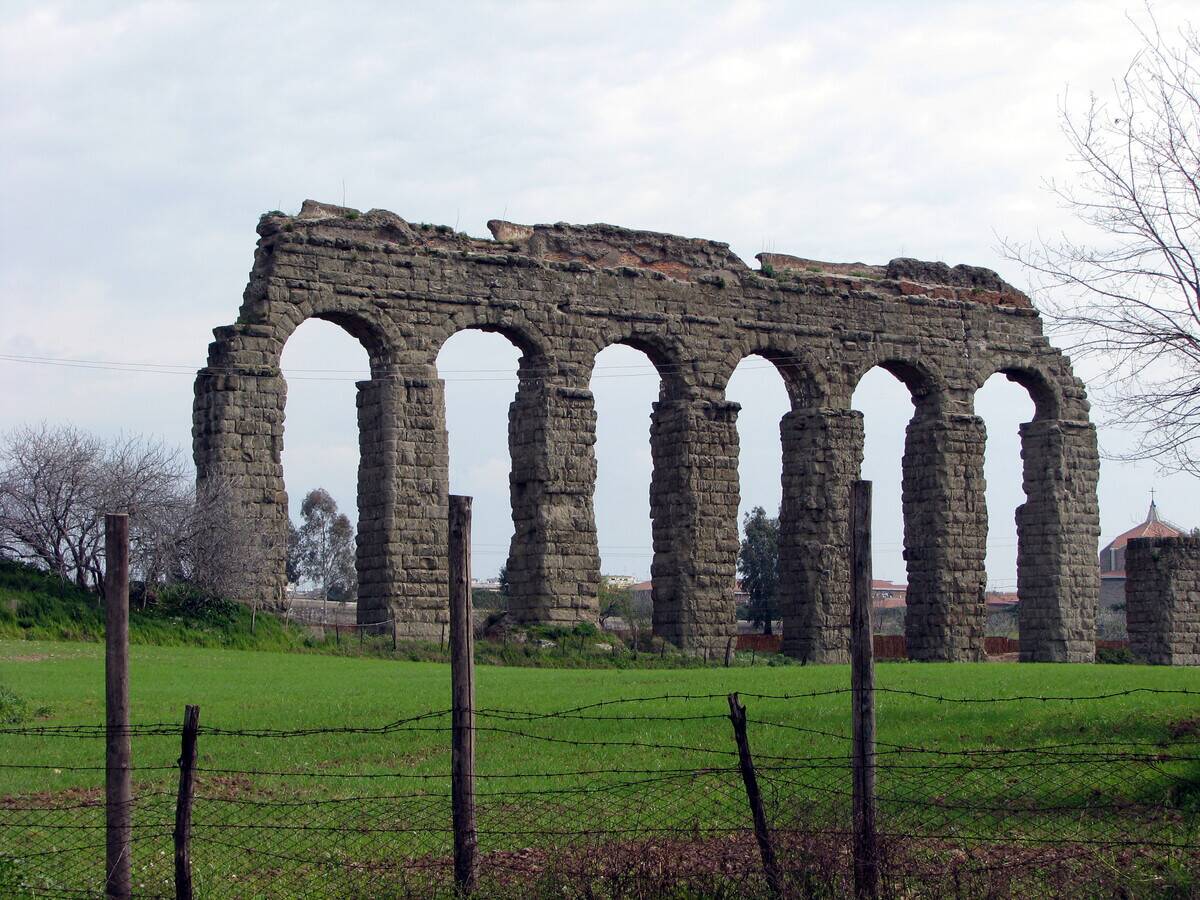
Constructing aqueducts required overcoming various natural obstacles, such as mountains, valleys, and rivers. Roman engineers devised ingenious solutions to these challenges, including the use of tunnels and siphons to navigate difficult terrain.
The Aqua Claudia, for example, traversed the Anio Valley with a series of impressive arches. These engineering feats demonstrated the Romans’ ability to adapt their designs to the natural environment, ensuring the successful delivery of water across vast distances.
Fun Facts: Quirky Tidbits About Roman Aqueducts
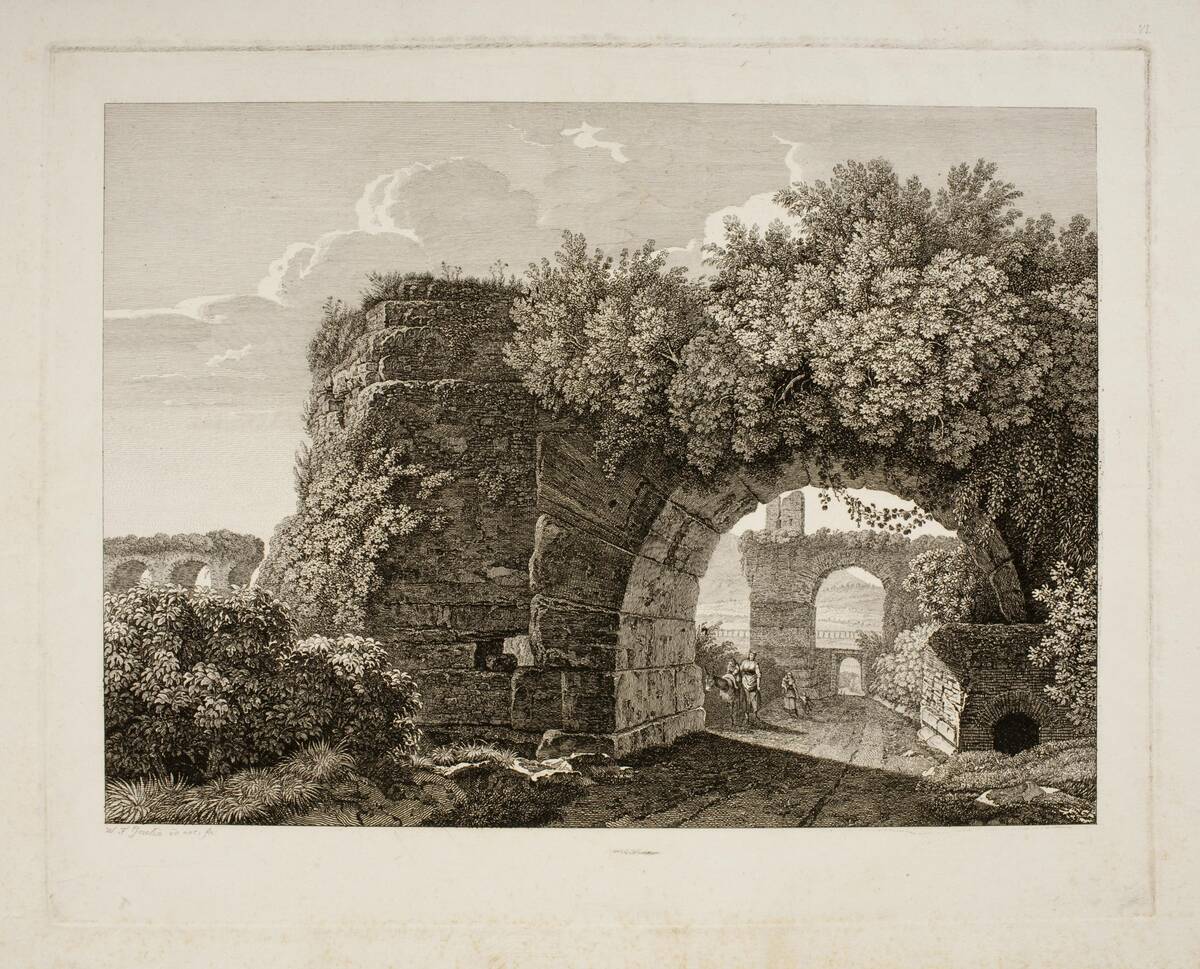
Did you know that some Roman aqueducts transported water over 50 miles? The Aqua Marcia, for example, stretched over 91 kilometers (57 miles), showcasing the Romans’ ambitious engineering endeavors.
Another interesting fact is that the term “aqueduct” comes from the Latin words “aqua” and “ducere,” meaning “to lead water.” These quirky tidbits highlight the Romans’ dedication to water management and their innovative spirit, which continues to captivate historians and engineers alike.
The Influence of Roman Aqueducts on Modern Water Supply Systems
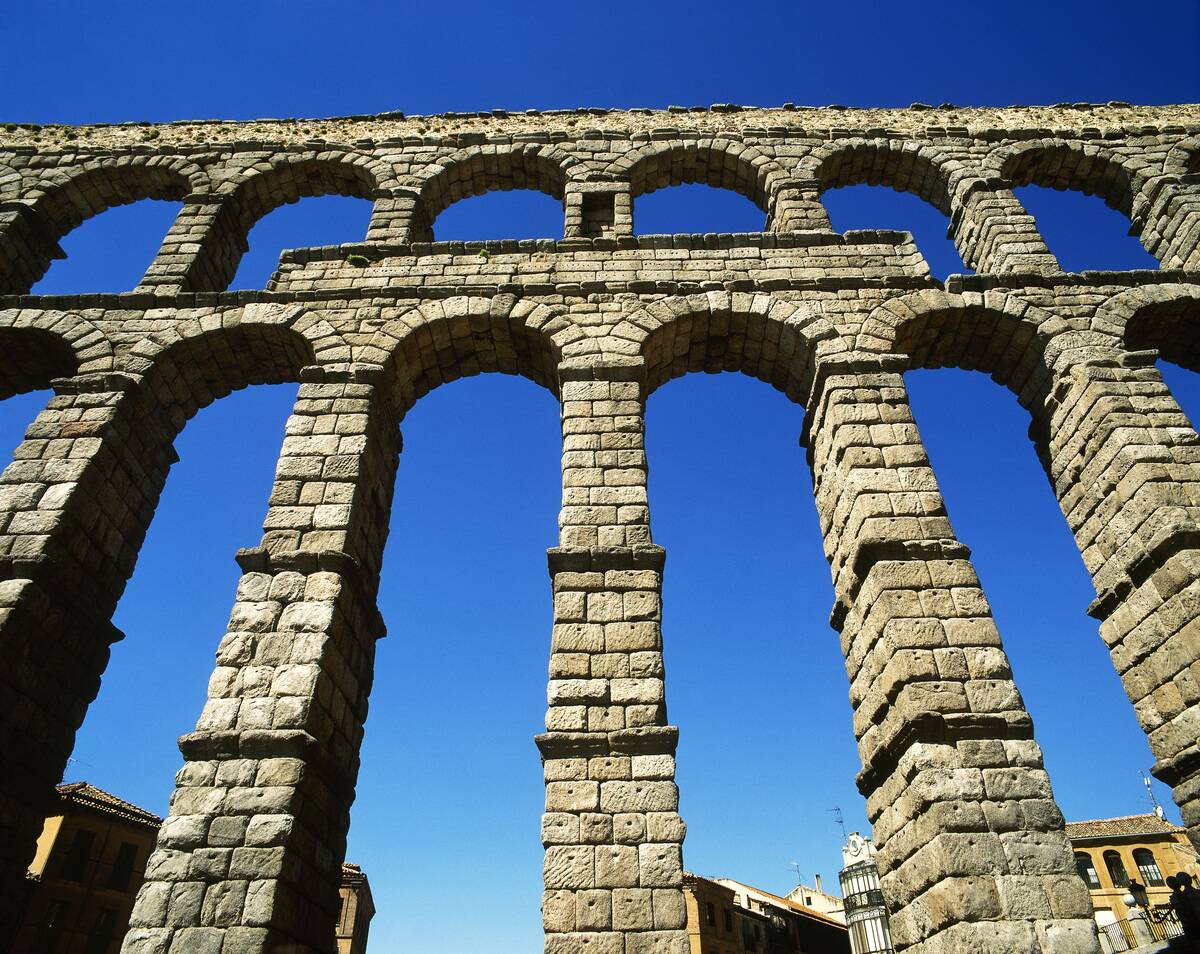
Roman aqueducts have had a lasting influence on modern water supply systems, providing a blueprint for efficient water management. The use of gravity, careful planning of routes, and durable construction materials are all concepts that have been adopted and refined in contemporary engineering.
Cities around the world owe a debt to Roman innovation, as these ancient structures laid the foundation for the reliable water systems we depend on today. Roman aqueducts continue to inspire and educate future generations of engineers.
How the Romans Maintained Their Aqueducts

Maintenance was crucial to the continued operation of Roman aqueducts, and the Romans took this responsibility seriously. Regular inspections and repairs were carried out by a dedicated team overseen by a senator known as the curator aquarum.
The curator aquarum and his increasingly extensive staff ensured that the channels remained clear of debris and that any structural damage was promptly addressed. Their diligent work kept the water flowing smoothly, minimizing disruptions to the daily lives of Roman citizens.
The Role of Arches and Bridges in Aqueduct Construction
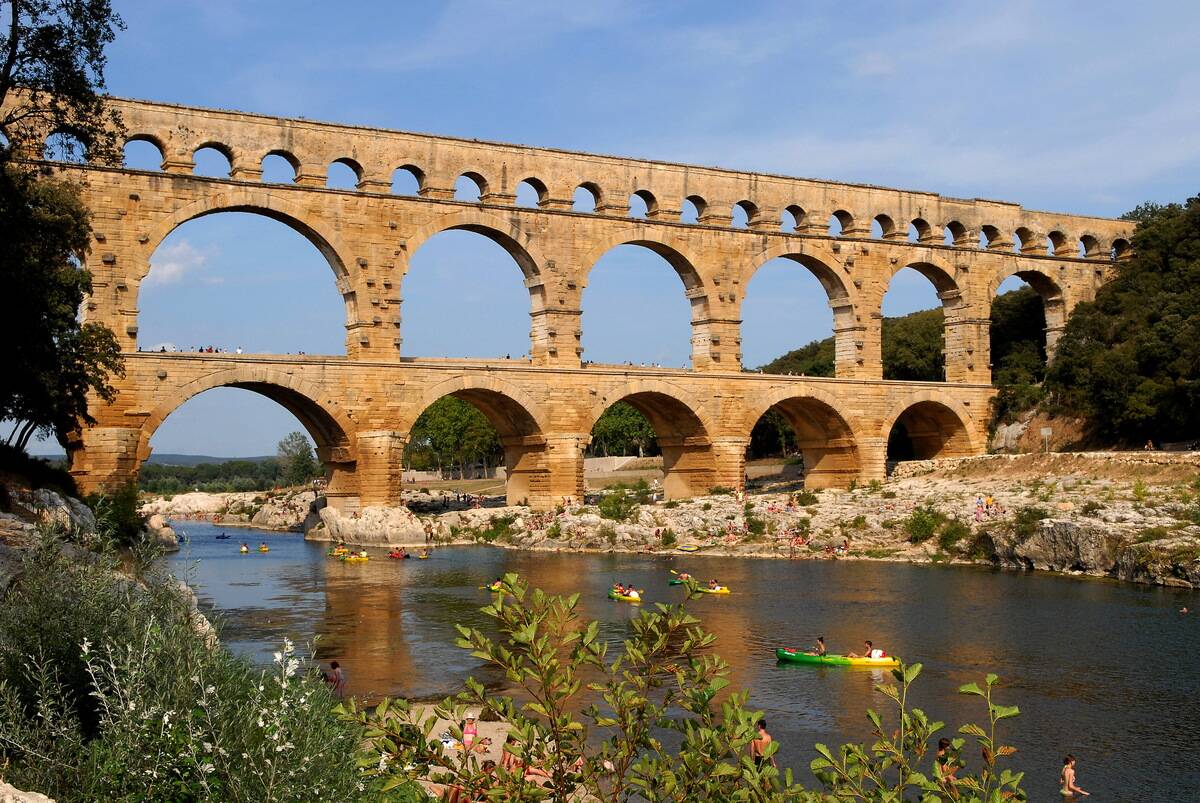
Arches and bridges were critical components of many Roman aqueducts, allowing them to navigate challenging landscapes. The use of arches enabled aqueducts to span valleys and rivers, maintaining the necessary gradient for water flow.
These structures were not only functional but also impressive architectural feats, showcasing the Romans’ mastery of stone construction. The iconic Pont du Gard in France is a testament to the elegance and strength of Roman aqueduct design.
What Happened to the Aqueducts? Decline and Legacy

The decline of the Roman Empire led to the gradual deterioration of many aqueducts, as maintenance became neglected. In some cases, aqueducts were deliberately damaged during invasions to disrupt water supplies.
Despite this decline, the legacy of Roman aqueducts endures, influencing modern water supply systems. The principles of Roman aqueduct design, such as the use of gravity and efficient routing, continue to inform contemporary engineering practices and inspire awe in those who study them.



